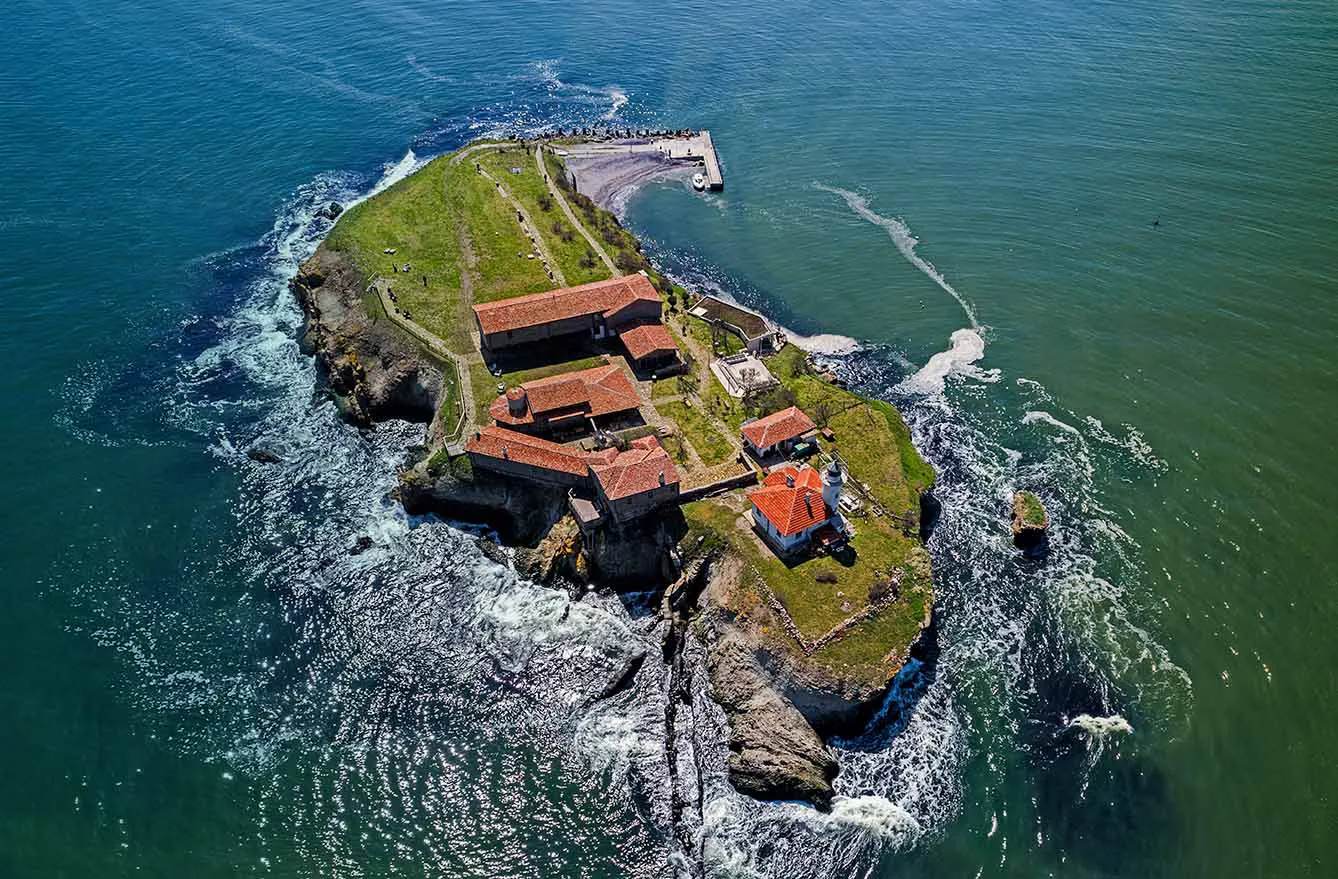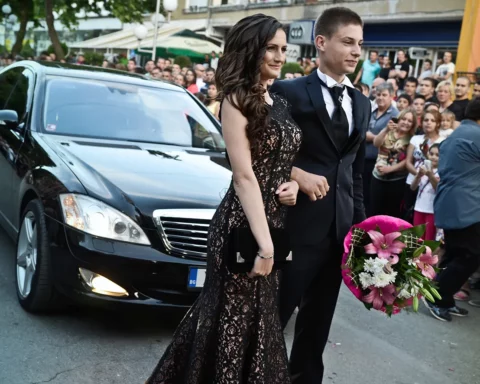When it comes to the number of islands at its disposal, Bulgaria is nowhere near Greece, its southern neighbor, whose territory comprises some 6,000 islands. And yet, Bulgaria does have some 117 islands, of which 80 are river islands, 30 are sea islands, and 7 are lake islands. After all, while you might have never heard of these islands, curiously, five of Bulgaria’s Black Sea islands are associated with legends of buried treasure. Another legend says that some of the greatest sailors in history – the Vikings – reached the shores of St. Anastasia Island. While Bulgaria is far from being described as an island state, does the country have a strategy for using its own islands?
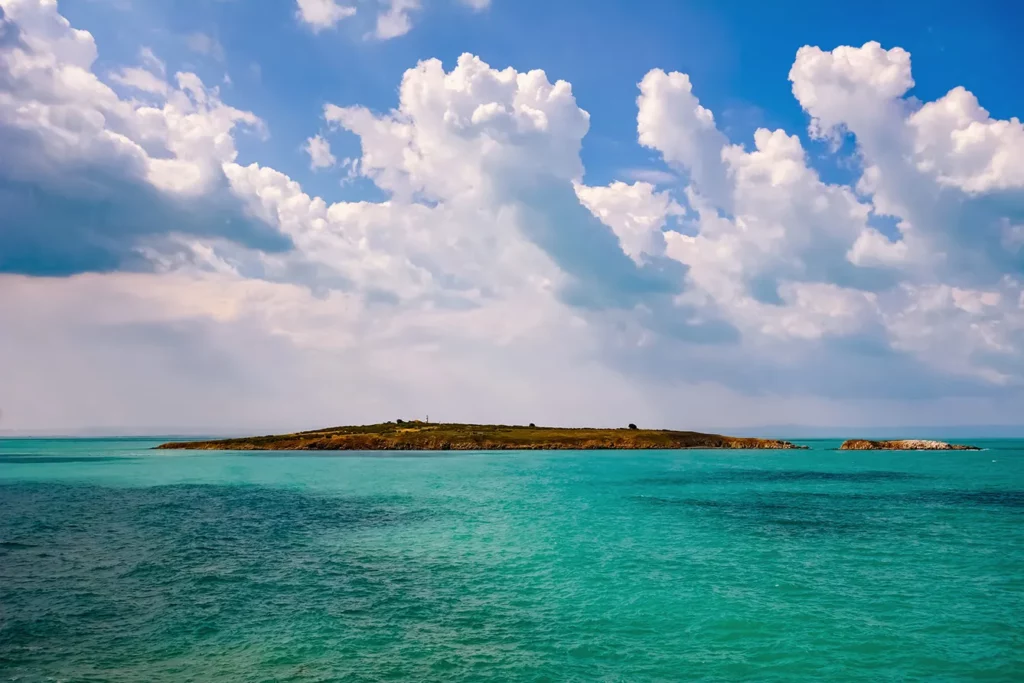
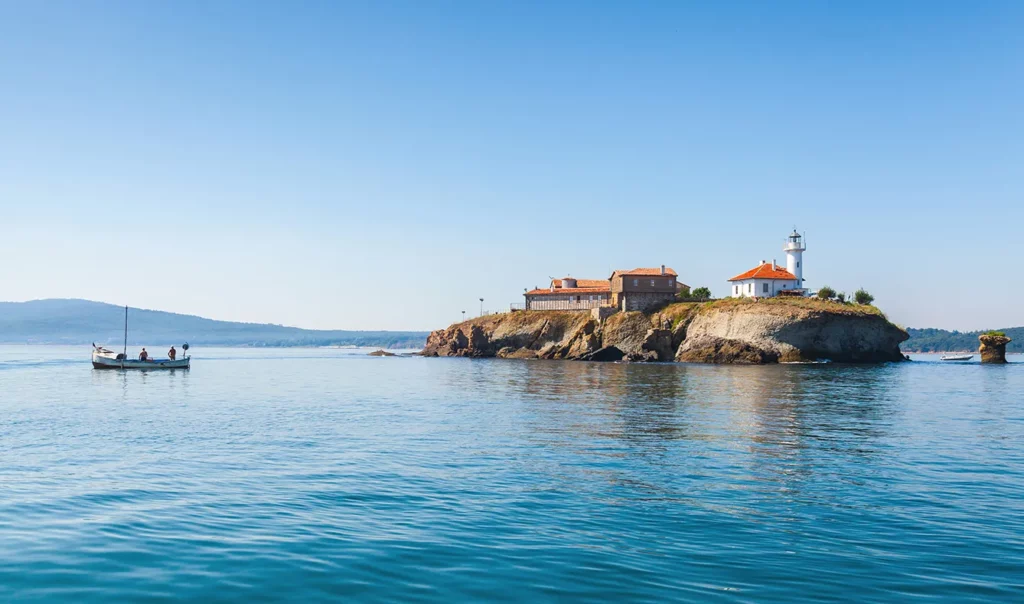
In need of a national strategy
“Bulgaria has no national strategy for protecting and conserving its islands – river, sea, or lake. And one is more than needed. As far as I know, not a single state institution is working on this issue,” says in conversation with 3Seas Europe Alexander Sabanov, a former Member of Parliament hailing from Silistra, a town on the Danube River. The proximity to Romania is at the center of the status of Vetren, a picturesque Danube Island and a nature reserve. Who owns the island? It depends on whom you ask: The island has for years been a bone of contention between Bulgarian fishermen and Romanian border authorities.
“The question of whose island is Vetren is not resolved cardinally, unfortunately. As an MP, I have raised this issue many times,” says Sabanov. According to the treaty signed between Bulgaria and Romania, the island should be Bulgarian. In 1948, Romania usurped this island. They set up a border post, and it has been Romanian ever since. But according to a convention of 1908, it must be Bulgarian. Recently there were again attempts to arrest Bulgarian fishermen, although an agreement was reached with the Romanian side not to harass them and fine them. There have been cases where fishermen have gone to court,” adds Alexander Sabanov. “It is high time that the two countries determine which islands are Bulgarian and which are Romanian.”
Belene, another island on the Danube, is a place known by many Bulgarians despite never having set foot on it. Belene Island, the biggest island in Bulgarian waters (41 sqm), is infamous for hosting the Belene concentration camp. With occasional breaks, the notorious camp held political prisoners between 1949–1989. It is estimated that some 30,000 people considered political opponents of the Communist regime, anyone from farmers opposing land collectivization to religious leaders, have passed through the Bulgarian system of repressive camps, with the biggest share attributed to the Belene labor camp. Modeled after the Soviet GULAG camps, Belene was a place where many people were not only exiled but killed for their views.
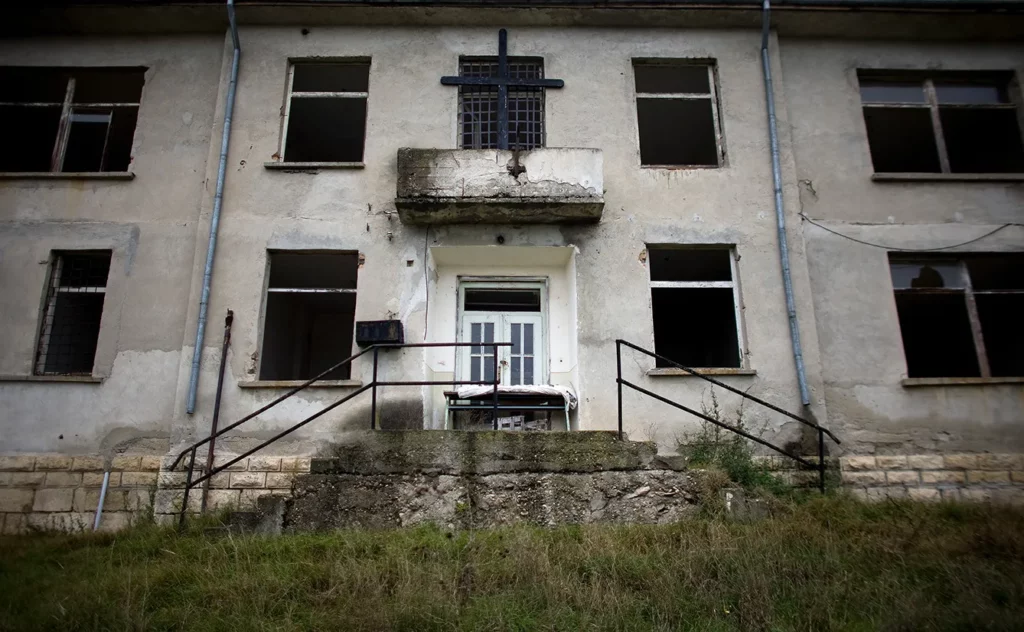
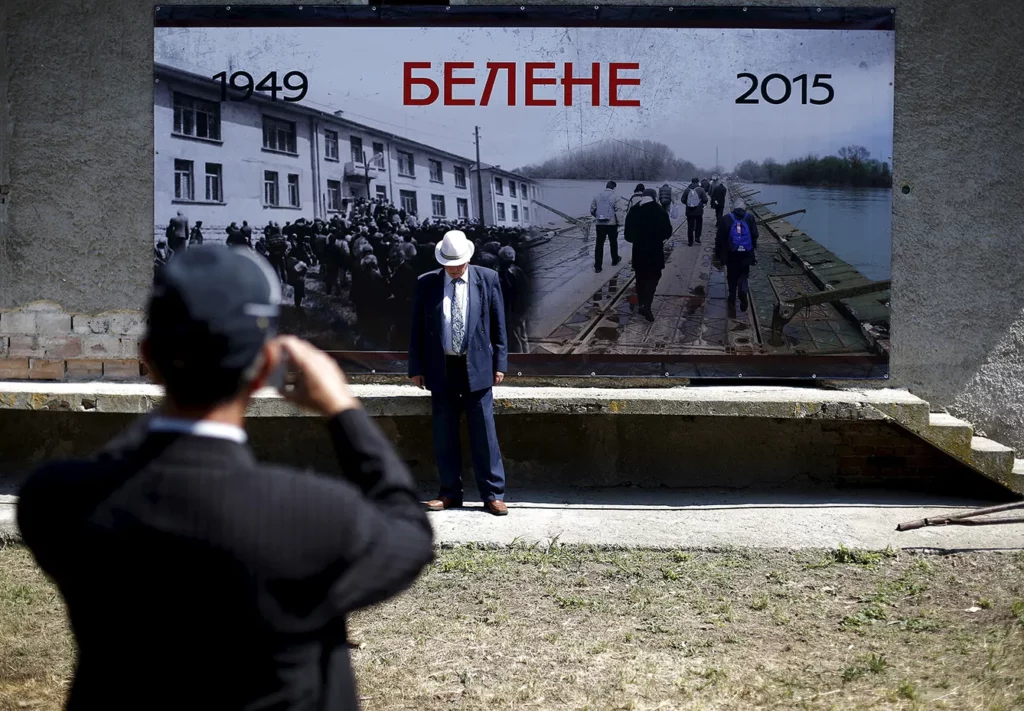
According to one project, a memorial to the victims of Communist repressions is to be developed on the island. The project includes the restoration of the surviving buildings as well as the rebuilding of the barracks that existed when the camp first started operating. Today, the Belene Prison is still operating as a penitentiary in the western part of the island, while the eastern part is a natural reserve.
For the love of the saints
On Bulgaria’s Black Sea coast, the biggest islands pay tribute to saints, believed to be their protectors. St. Ivan Island near Sozopol, a town located along Bulgaria’s southern coast, is the largest Bulgarian island in the Black Sea, and it has been declared a nature and archaeological reserve. Because of the marriage of Tsar Theodore Svetoslav of Bulgaria with the Byzantine princess Theodora, which took place on the island in the 14th century, local people called the island “Royal.” According to historical sources, the island, today adorned with a functioning lighthouse, was a holy place also for the ancient Thracians.
Another Bulgarian Black Sea Island, St. Peter Island in the Bay of Sozopol, is also known as Bird Island. Because of its animal residents, St. Thomas Island, located 15 kilometers south of Sozopol, is also known as Snake Island, a name which can’t keep visitors from exploring the tiny island, attracted by the wild cacti growing in abundance here.
While archeologists offer proof of these small islands being inhabited in the distant past or at least serving a religious purpose, only one of these islands is inhabited today. St. Anastasia Island, located in the Gulf of Burgas, is home to a monastery bearing the same name as the island. The monastery also boasts an interactive exhibition, sharing the island’s history, going back at least to the Middle Ages, with anyone from high school students on a school trip to newlyweds who choose to get married on the island.


